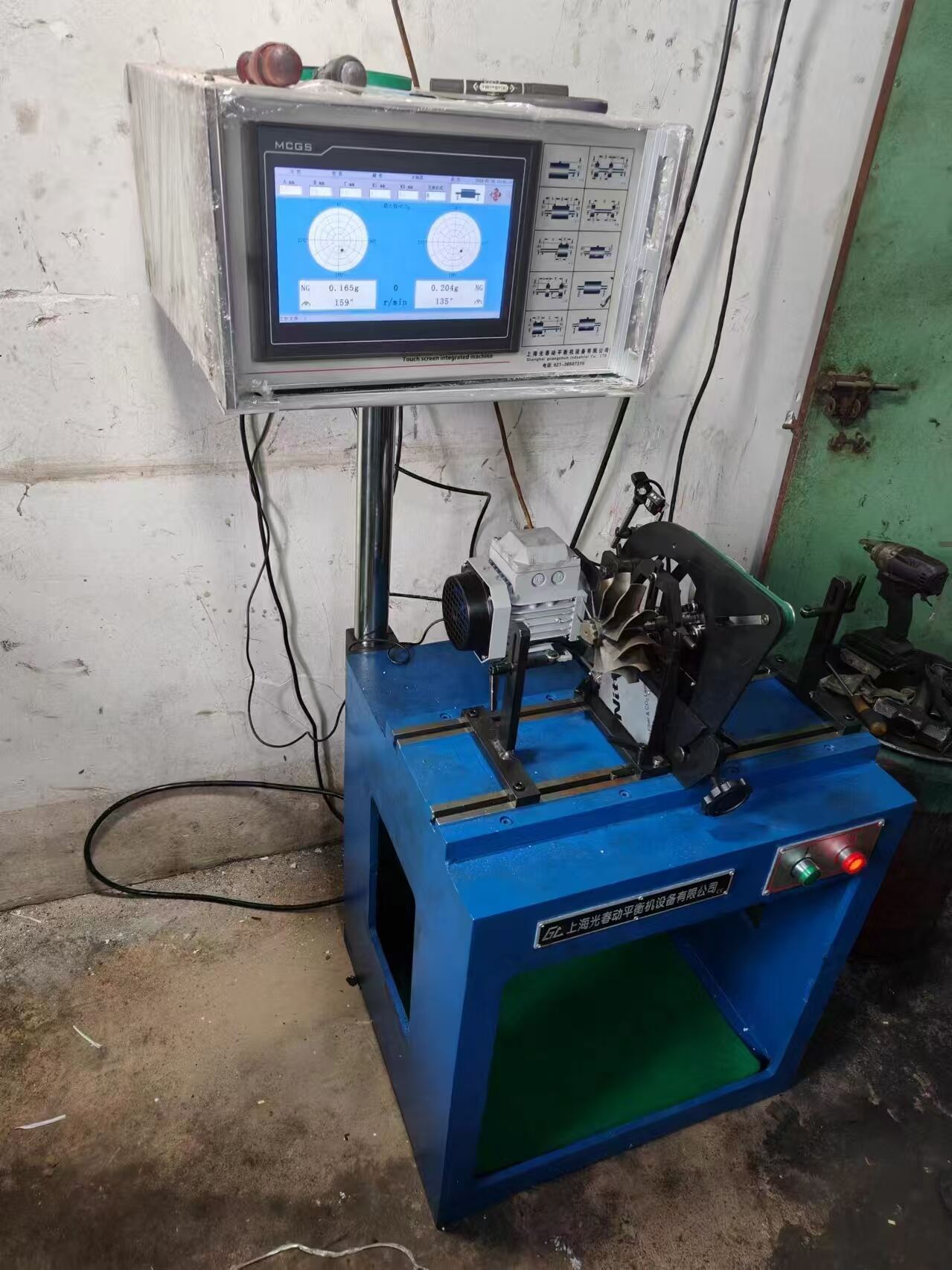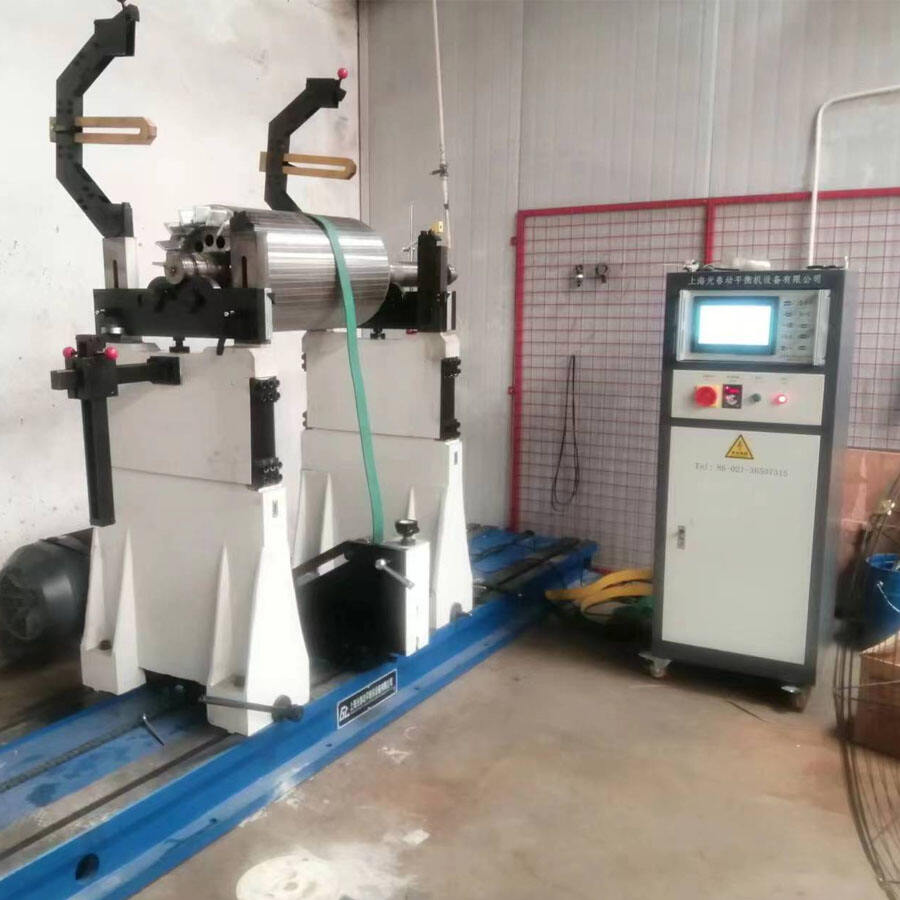równoważenie wału korbowego motocykla
Wyrównoważenie wału zamachowego motocykla to kluczowa procedura konserwacyjna, która zapewnia optymalną wydajność silnika oraz jego długą trwałość. Ten precyzyjny proces polega na starannym dostrojeniu rozkładu masy wału zamachowego w celu eliminacji drgań i zapewnienia płynnej pracy silnika. Wał zamachowy, ciężki dysk przymocowany do wału korbowego, pełni funkcję urządzenia magazynującego energię, które pomaga utrzymać pęd silnika pomiędzy poszczególnymi taktem pracy. Gdy jest prawidłowo zrównoważony, zmniejsza drgania silnika, poprawia przekazywanie mocy i zwiększa ogólny komfort jazdy. Proces wyrównoważenia zazwyczaj wymaga zaawansowanego sprzętu elektronicznego, który mierzy rozkład masy i wykrywa ewentualne nierównowagi. Następnie specjaliści dodają lub usuwają materiał z konkretnych punktów na wale zamachowym, aby osiągnąć idealną równowagę. Ta techniczna procedura wymaga doświadczenia i specjalistycznego sprzętu, by zapewnić dokładność nawet do ułamków grama. Współczesne metody wyrównoważenia wału zamachowego często wykorzystują pomiary wspomagane komputerowo oraz narzędzia z prowadzeniem laserowym dla maksymalnej precyzji. Proces ten uwzględnia również relację między wałem zamachowym a zespołem sprzęgła, zapewniając harmonijną pracę całego układu napędowego. Prawidłowo wyważony wał zamachowy znacząco wpływa na efektywność silnika, zmniejszając niepotrzebne zużycie łożysk i innych kluczowych elementów.


